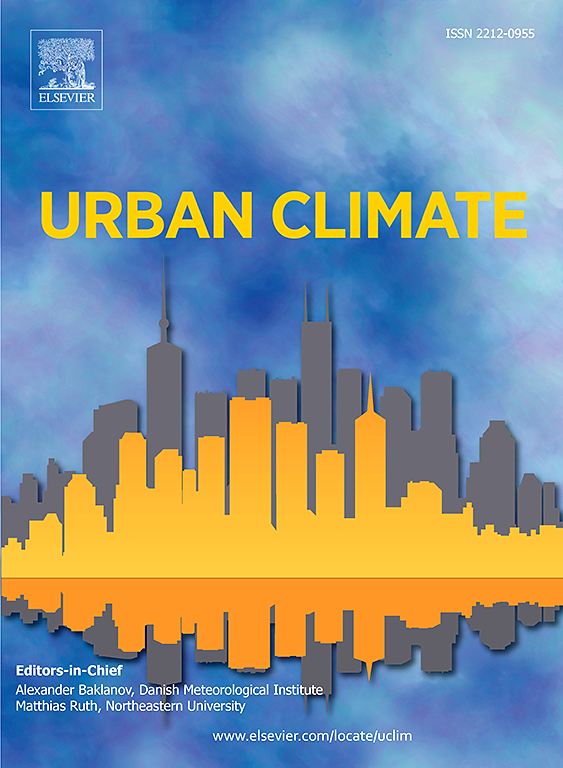Integrating seasonal climate variability and spatial accessibility in ecosystem service value assessment for optimized NbS allocation
IF 6
2区 工程技术
Q1 ENVIRONMENTAL SCIENCES
引用次数: 0
Abstract
Nature-based Solutions (NbS) efficiently manage ecosystem services (ESs) to address socio-environmental challenges. Strategic NbS planning must consider ecological and social benefits, especially in urban areas with limited resources. However, systemic planning approaches remain lacking in terms of urban climate variability. This study proposes a novel method to optimize ES benefits from NbS allocation, emphasizing ES dynamics under seasonal climate change in an urbanizing Korean city. We estimate seasonal impacts on ecosystem service value (ESV) using dynamic corrections. The Gravity-based Two-Step Floating Catchment Area (G2SFCA) method identifies priority NbS allocation areas based on fine-scale distributions of ecological supply and social demand under different scenarios. Our findings show that water bodies sensitive to seasonal climate changes need strategic management. For NbS planning, prioritizing highly populated areas with low ES access, and deprioritizing sparsely populated areas with limited accessibility due to lower demand, promotes efficient and equitable ES distribution. Considering both the contribution and sensitivity of ESs in terms of supply and demand leads to optimized NbS allocations, maximizing benefits. The study emphasizes the urgent need for integrated natural and social assessments in NbS planning, proposing a framework to guide planners in enhancing NbS implementation efficiency for sustainable urban environments.
基于季节气候变率和空间可达性的生态系统服务价值评估:优化国家统计局配置
基于自然的解决方案(NbS)有效地管理生态系统服务(ESs),以应对社会环境挑战。国家统计局的战略规划必须考虑生态和社会效益,特别是在资源有限的城市地区。然而,在城市气候变率方面,仍然缺乏系统的规划方法。本研究提出了一种新的方法来优化NbS配置的ES效益,并强调了韩国城市化城市季节性气候变化下的ES动态。我们使用动态修正来估计季节对生态系统服务价值(ESV)的影响。基于重力的两步浮动集水区(G2SFCA)方法基于不同情景下生态供给和社会需求的精细尺度分布,确定了优先分配区域。我们的研究结果表明,对季节性气候变化敏感的水体需要战略管理。对于国家统计局的规划,优先考虑人口密集、可获得性低的地区,而不优先考虑人口稀少、可获得性有限的地区,因为需求较低,可以促进有效和公平的ES分配。同时考虑ESs在供给和需求方面的贡献和敏感性,可以优化国家统计局的分配,实现效益最大化。该研究强调了在国家统计局规划中迫切需要进行自然和社会综合评估,并提出了一个框架来指导规划者提高国家统计局的实施效率,以实现可持续的城市环境。
本文章由计算机程序翻译,如有差异,请以英文原文为准。
求助全文
约1分钟内获得全文
求助全文
来源期刊

Urban Climate
Social Sciences-Urban Studies
CiteScore
9.70
自引率
9.40%
发文量
286
期刊介绍:
Urban Climate serves the scientific and decision making communities with the publication of research on theory, science and applications relevant to understanding urban climatic conditions and change in relation to their geography and to demographic, socioeconomic, institutional, technological and environmental dynamics and global change. Targeted towards both disciplinary and interdisciplinary audiences, this journal publishes original research papers, comprehensive review articles, book reviews, and short communications on topics including, but not limited to, the following:
Urban meteorology and climate[...]
Urban environmental pollution[...]
Adaptation to global change[...]
Urban economic and social issues[...]
Research Approaches[...]
 求助内容:
求助内容: 应助结果提醒方式:
应助结果提醒方式:


